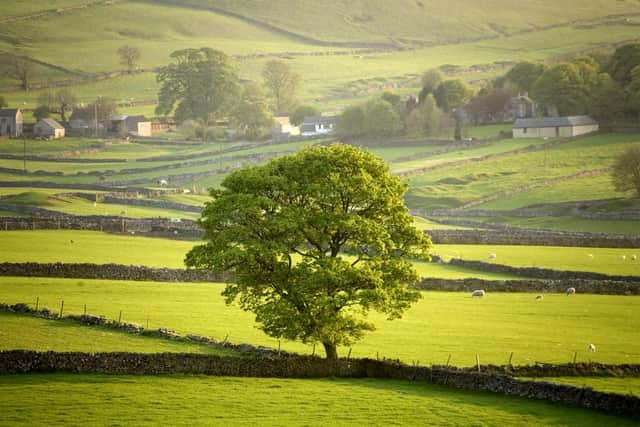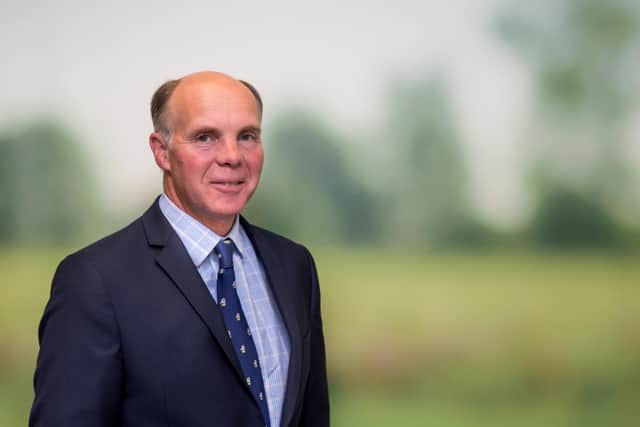Supply of farmland for sale in Yorkshire increases by more than 100 per cent due to backlog of buyers
The agents say that competing motivations for ownership is encouraging more activity in the region’s farmland market.
It comes as publicly marketed farmland across Yorkshire and the north of England increased 103 per cent to the end of March of this year, compared to the same period in 2022, with 3,340 acres marketed.
Advertisement
Hide AdAdvertisement
Hide AdThe north of England accounted for almost a quarter (24 per cent) of farmland marketed in England during 2023, up to the end of March.


Between January and March of this year, publicly marketed farmland in the East Riding area of Yorkshire increased 727 per cent compared to the same period last year. Meanwhile, in North Yorkshire and West Yorkshire, increases of 229 per cent and 43 per cent were recorded, respectively.
Despite supply increasing in 2022, following a slowing in both 2020 and 2021 as a result of the pandemic, the farmland market remained constrained as landowners took stock of the new post- Covid landscape. However, according to experts, 2023 is showing signs of a return to historically average levels.
Andrew Black, leads the rural agency team for Savills in the North of England and is based in the firm’s York office.
Advertisement
Hide AdAdvertisement
Hide AdHe said: “It’s still early days and, despite a promising return to activity, the next few months will be significant in determining the supply side of the farmland market throughout the region.


"This being said, we are confident of an increasing number of commercial units coming to the market. As is often the case, some sellers need the reassurance from the visibility of other sales or market activity before pressing ahead with their own sale, and late March in particular has seen a flurry of activity.
"In January and February, a number of properties were offered privately with vendors choosing to test the market rather than embarking upon an open market launch.”
In Q1, Savills’ farmland value survey recorded increases for both grade 3 pasture land and poorer quality pasture land, indicative that interest in delivering nature-based solutions on these land types is still driving values. When comparing March 2022 to March 2023 across the UK, a similar story emerges with the highest increase in land value coming from poorer quality pasture land at 12.9 per cent.
Advertisement
Hide AdAdvertisement
Hide AdMr Black said the increase in interest was coming from a backlog of buyers and rules around capital gains tax.
He added: “A backlog of buyers, motivated by capital gains tax rollover relief, remain a force in the market. These buyers are required to reinvest within three years of selling or disposing of an asset and, given supply has been constrained for the last three years, the clock is ticking for many of these investors.
“To what extent the increases in supply will meet demand in 2023, is yet to be seen. The next quarter will give us a clearer picture, with close to 50% of the acreage marketed each year usually launched during this period. Many prospective buyers will hope this trend continues.”
